BROWSE BY DEPARTMENT
- Biotechnology
- Clinical
- Consumables
- Furniture
-
Instruments
- Back
- Sample Collection
Sustainability in Science: 8 Smart Ways to Reduce Water Waste in Your Lab
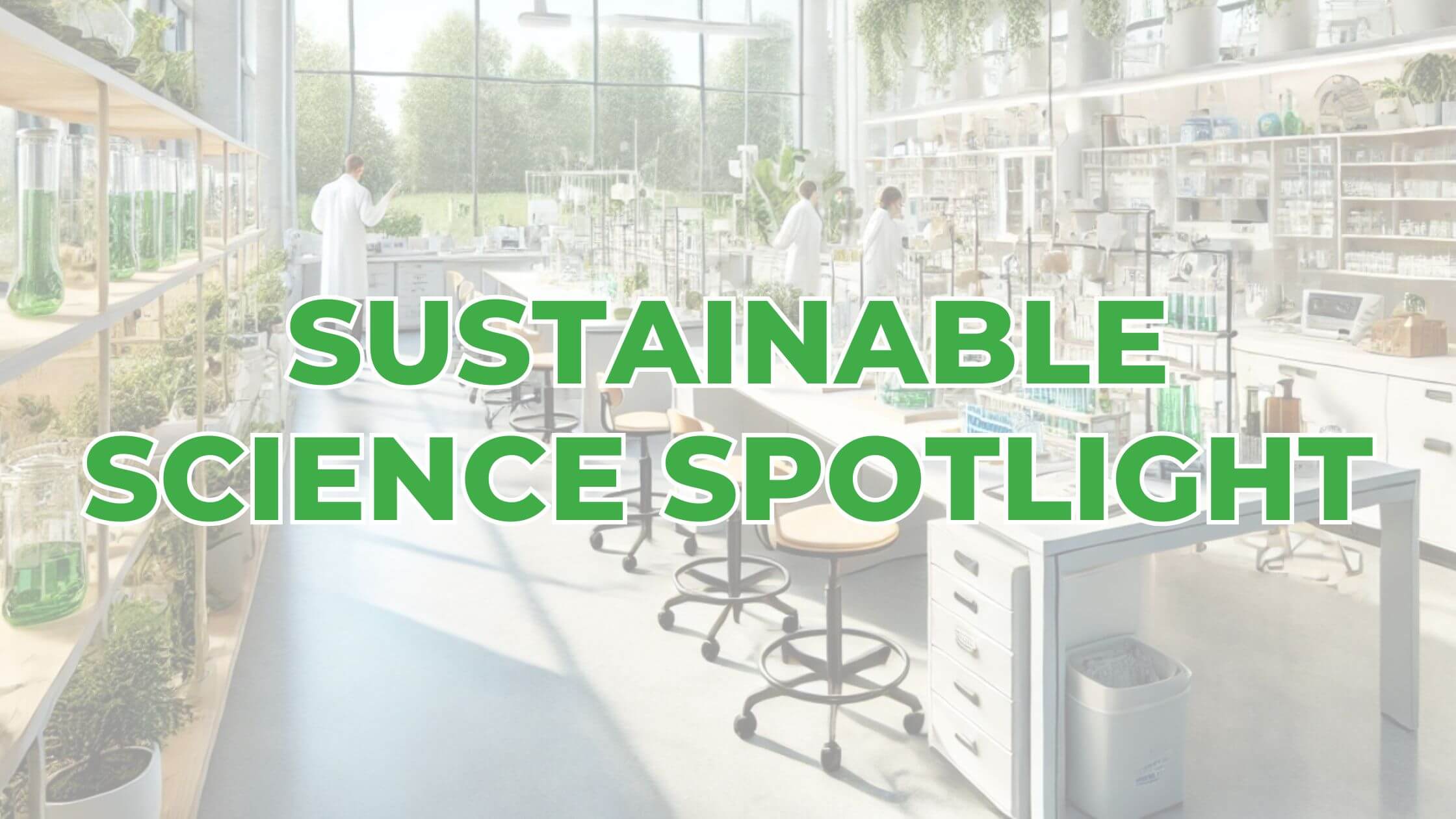
In our efforts to make scientific research more sustainable, one key resource often overlooked is water. Laboratories are significant water users - from equipment cooling to glassware cleaning - but with a few targeted changes, we can make a measurable impact on water conservation without compromising productivity or safety.
Here are practical ways your lab can save water:
1. Choose Water-Efficient Purification Systems
Modern water purification systems can drastically reduce water waste. Look for units with recycling capabilities or those that go into standby mode when not in use. These features ensure that purified water is produced only when needed, saving both water and energy.
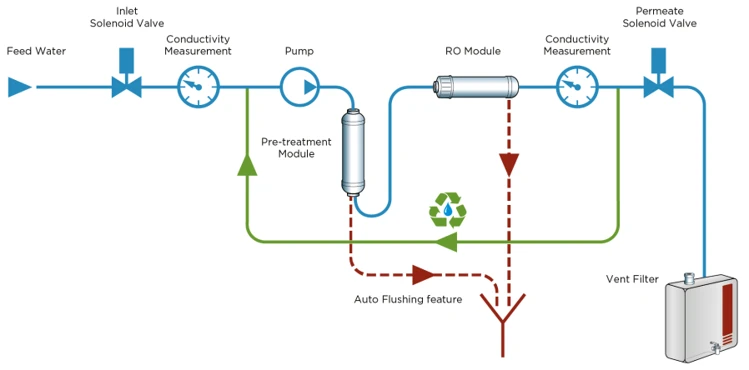
2. Use Water Circulators Instead of Tap Water for Cooling
Processes like distillation, rotary evaporation, and condenser cooling traditionally rely on running tap water. Switch to closed-loop water circulators or chillers which recirculate the same water, eliminating continuous flow and waste.
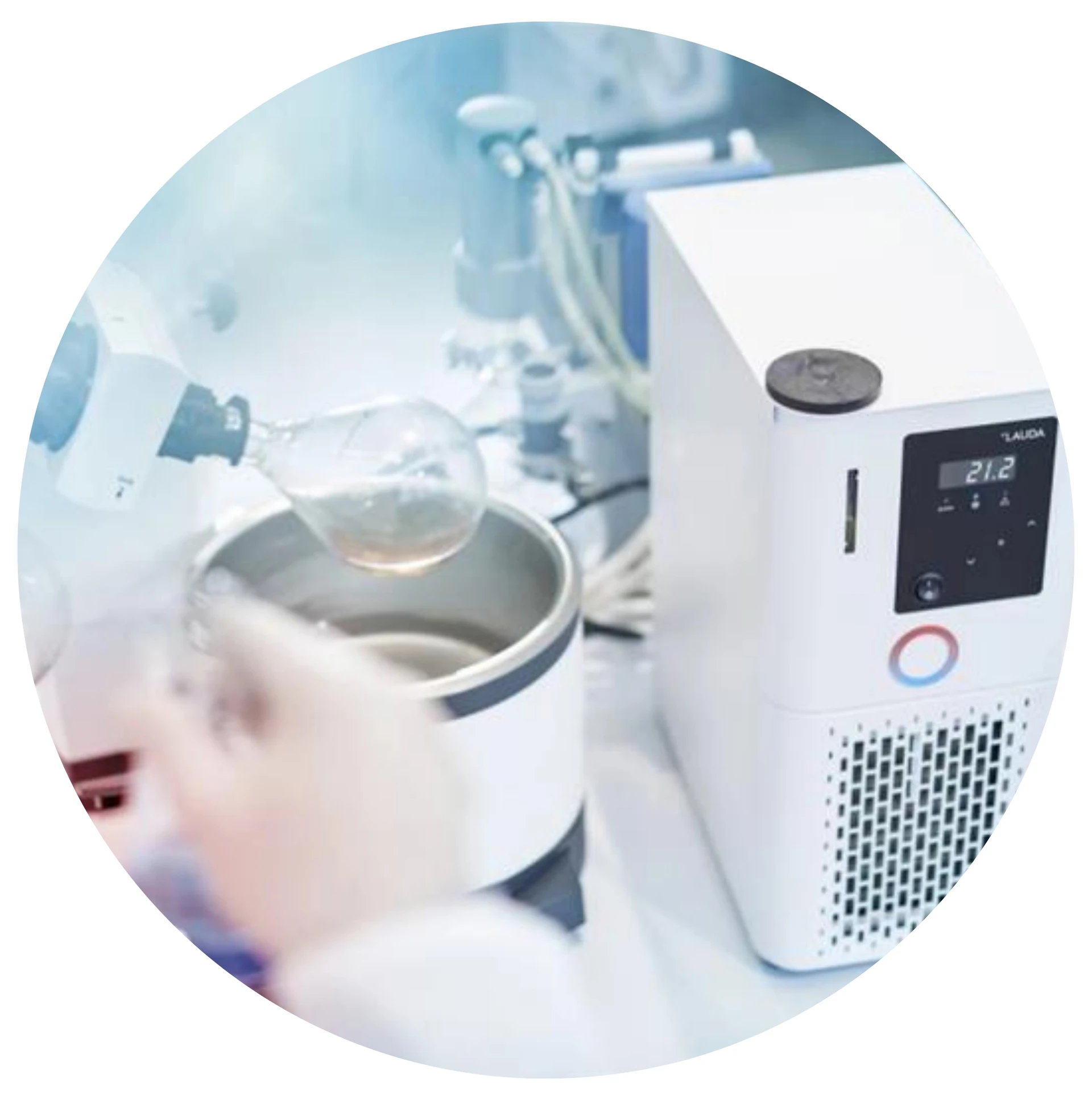
3. Glassware Washers Over Manual Cleaning
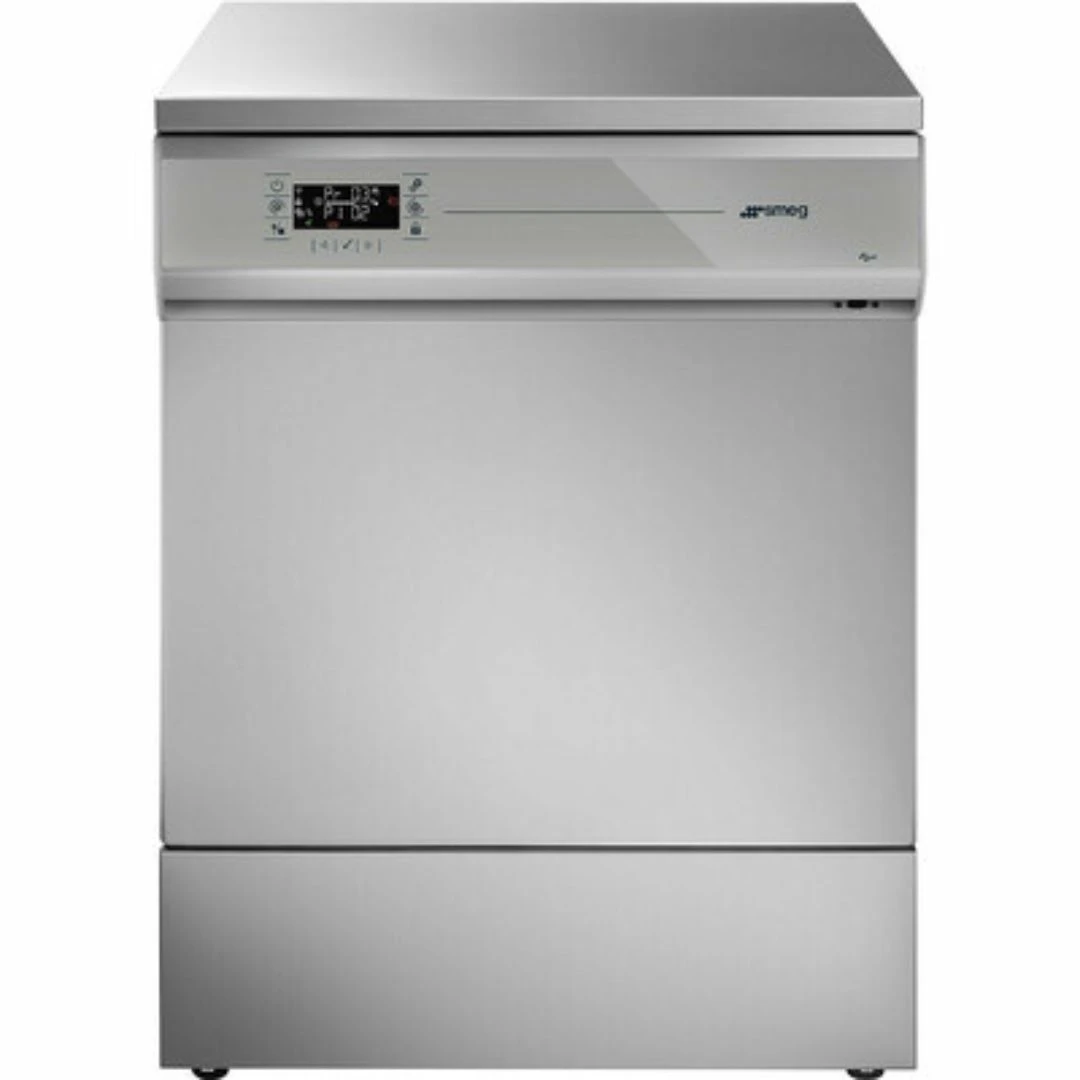
Implementing sustainable practices in a fast-paced lab environment presented unique challenges. Synexa faced constraints around prioritising sustainability amidst tight deadlines and demanding operational requirements. However, they successfully overcame these by intentionally allocating dedicated sessions for sustainability activities, securing leadership buy-in, and embedding green practices into routine procedures.
4. Fix Leaks Promptly
A small drip can waste thousands of litres annually. Ensure that taps, pipes, and washers are regularly inspected, and encourage all lab users to report leaks immediately. Preventative maintenance is key.
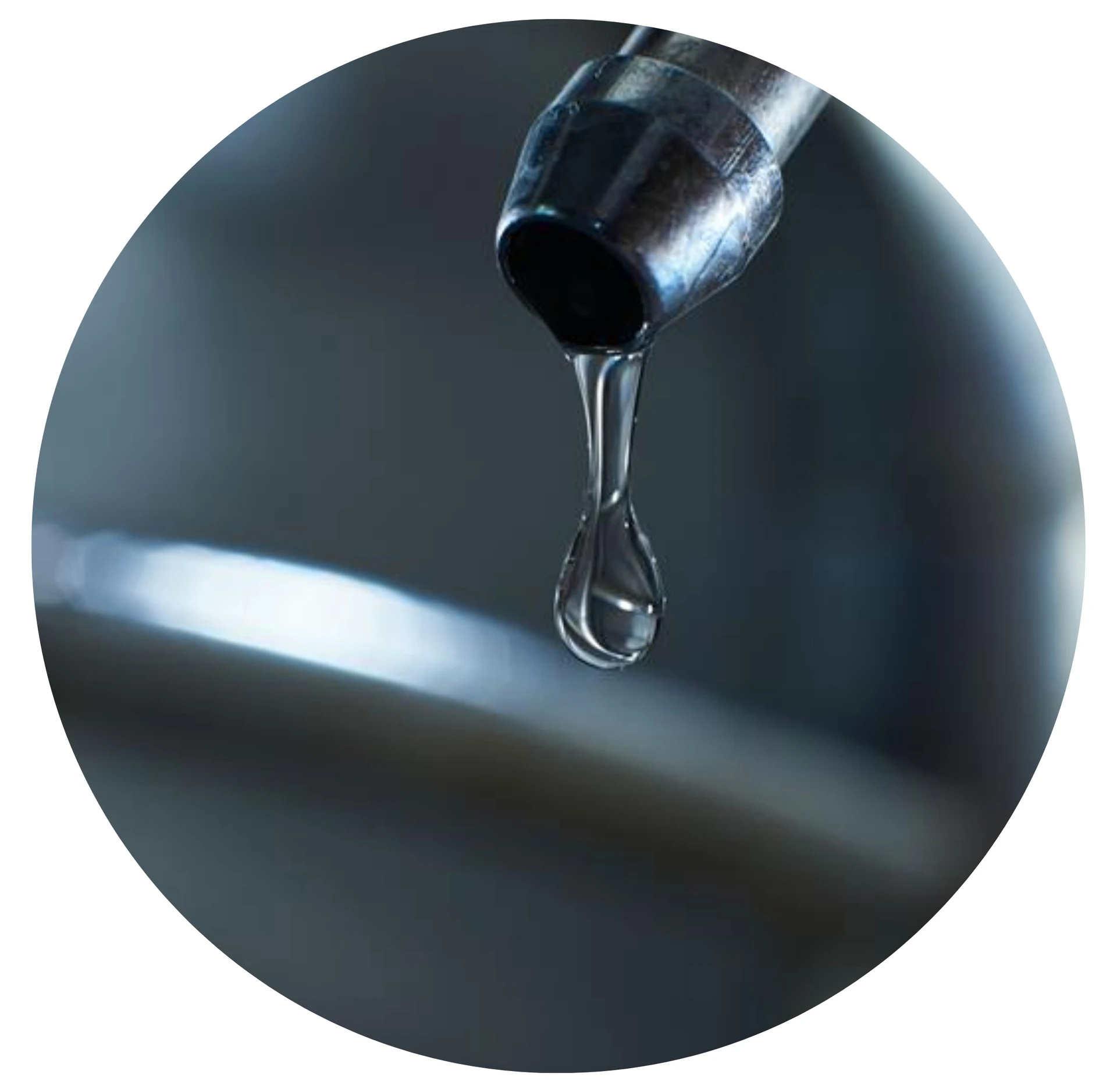
5. Replace Water Aspirators with Vacuum Pumps
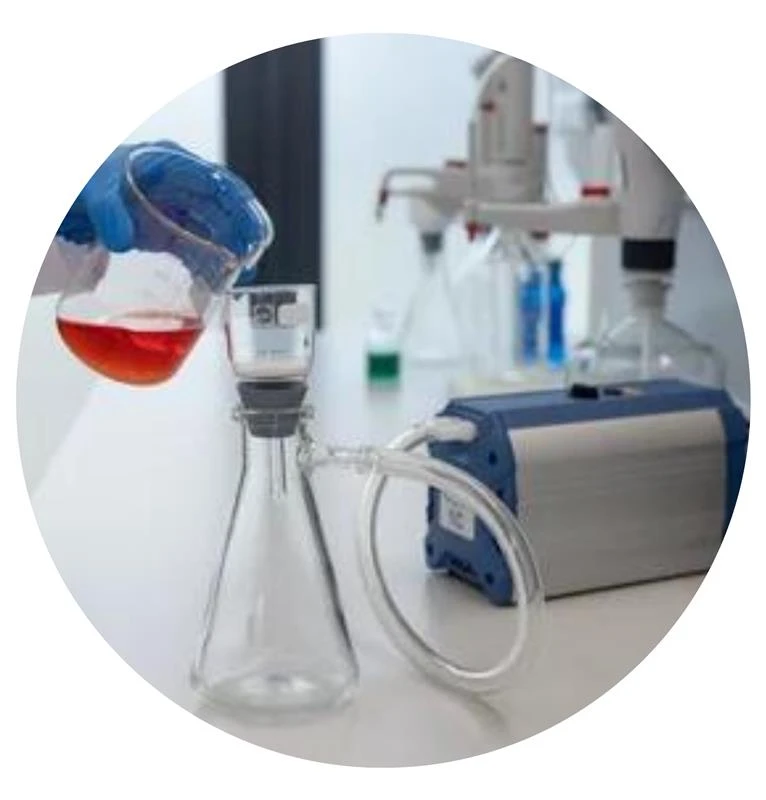
Water aspirators are outdated and incredibly wasteful, using up to 40 litres per minute. Modern vacuum pumps are closed-loop systems that don’t rely on water flow and provide consistent suction power - a sustainable and effective upgrade.
6. Install Low-Flow Fixtures
Install low-flow aerators on lab faucets and automatic shut-off valves on eye wash stations and showers where appropriate. These small changes greatly reduce water use during routine tasks and emergencies.
7. Smart Scheduling of Equipment
Plan usage of high-water-consuming equipment (like glassware washers or stills) to ensure they’re only run when fully loaded. This avoids partial loads and reduces unnecessary water use throughout the day.
8. Track Your Lab’s Water Usage
Install submeters where possible to monitor water consumption by department or room. Data-driven insights help identify high-usage areas and track the success of water-saving efforts over time. You could even turn this into an internal competition between lab spaces.
Together, Small Changes Make a Big Impact
By adopting water-smart practices, your lab contributes to long-term water conservation, reduces utility costs, and supports a more sustainable research environment. Let’s continue working towards greener science - one drop at a time.
Coming Soon
Lookout for our upcoming webinars in collaboration with our partners Avidity Science and Lauda GmbH, where we’ll explore sustainable water solutions for laboratories.
Related Posts
Why Supplier Choices Matter in Sustainable Procurement for Laboratories
June 5, 2025| Posted in Sustainability| 439
How Synexa Achieved My Green Lab Certification: A Model for Sustainable Laboratories
July 3, 2025| Posted in Sustainability| 447
What Cold Storage is Best for Your Biological Samples?
September 4, 2019
Introducing the Bio-Rad C1000 Touch Thermal Cycler
October 6, 2021
Self-Sampling Swab from Copan
September 4, 2019
Comprehensive Guide to Quality Control in Food & Beverage Industry
September 4, 2019
Topics
Tags
Events
Promotions
Memmert Cooled Incubator
Covid19
TB
Tuberculosis Testing
RAL Diagnostics
Treatment
Diagnosis
Mycobacterium Tuberculosis
Africa
Quick TB Test
TB Prep Kit
Fluo-RAL Methylene Blue Kit
RAL Stainer
DNA
RNA
Protein Purification
Kits
96-well plate
easy-to-follow procedure
Quick preparation time
Webinar
COVID-19 Testing Solutions
Sampling
RNA Extraction
RT Reaction
qPCR
Analysis and Validation
Sample Collection Kits
Purification Kits
Real-Time PCR
Covid Antibody and Antigen Rapid Tests
cell
greiner
gbo
cellstar
cell culture plates
cell culture flasks
cell culture dishes
mass cell culture
cellmaster
cell culture roller bottles
cell disc
tissue culture
vaccine production
genetic engineering
viral diagnostics
cancer research
3d cell structure
3d cell model
cell culture company
collagen type 2
cell culture techniques
Magnetic 3D Cell Culture technology
surface
quality control testing
Food
pathogen
pathogen
pathogen
listeria
packaging
QC
chemistry
sugar
titration
microbiology
shelf life
water-saving
wastewater
check weighers
beverage
food and beverage
food and beverage industry
quality control
chemistry
microbiology
water testing
Environmental Testing
Lt Sensors
ADInstruments
CFX Opus Real-Time PCR Systems
PCR Systems
quantitative PCR
Bio-Rad
Elpress Hygiene
Staff Hygiene Control
Chemical Dispenser
Ergonomic
microbiology lab equipment
Microbiology Laboratory Consumables
Microbiology Lab Supplies
Microbiology Lab Equipment
Glassware used in the Microbiology Laboratory
Incubation temperature for bacteria
Proven Benefits of Using a Peltier Cooled Incubator
Lasec
Lasec Labs
Lasec Laboratory News
Laboratory News
Laboratory Suppliers
Lasec Laboratory Suppliers
soil moisture meter
soil moisture sensor
Delta-T Devices
Bio-Rad C1000 Touch Thermal Cycler
Sustainability



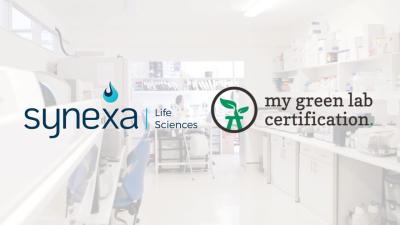










Comments